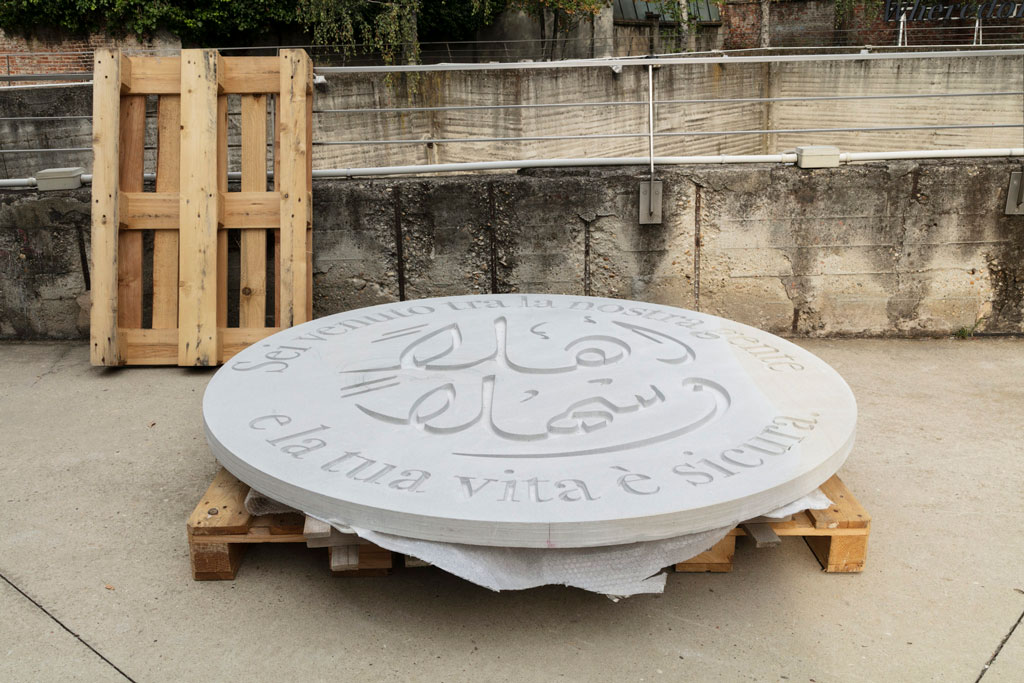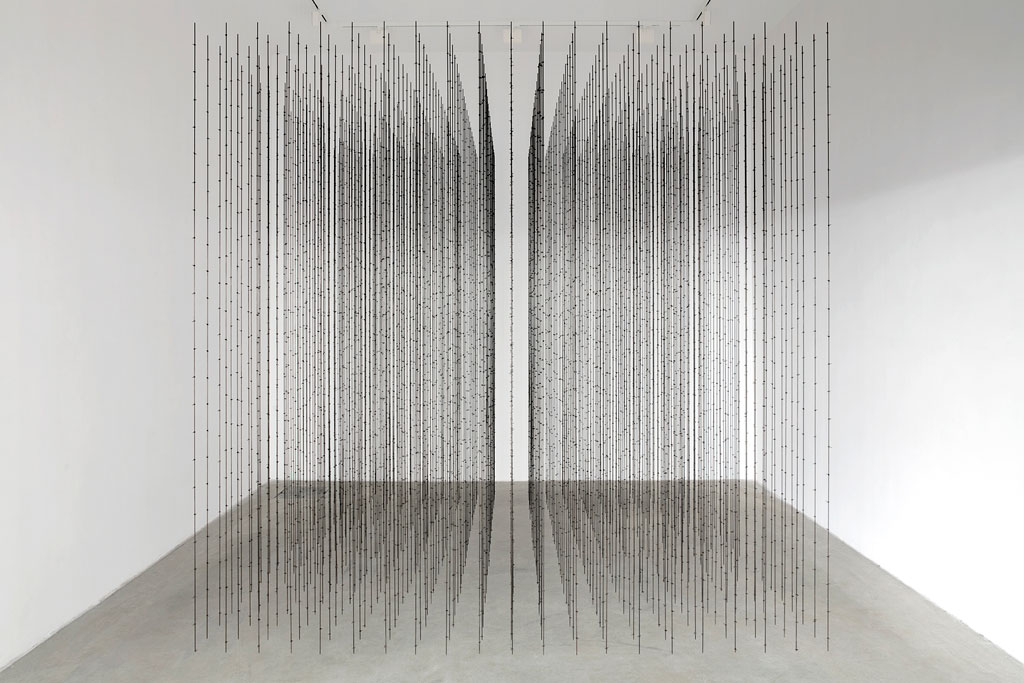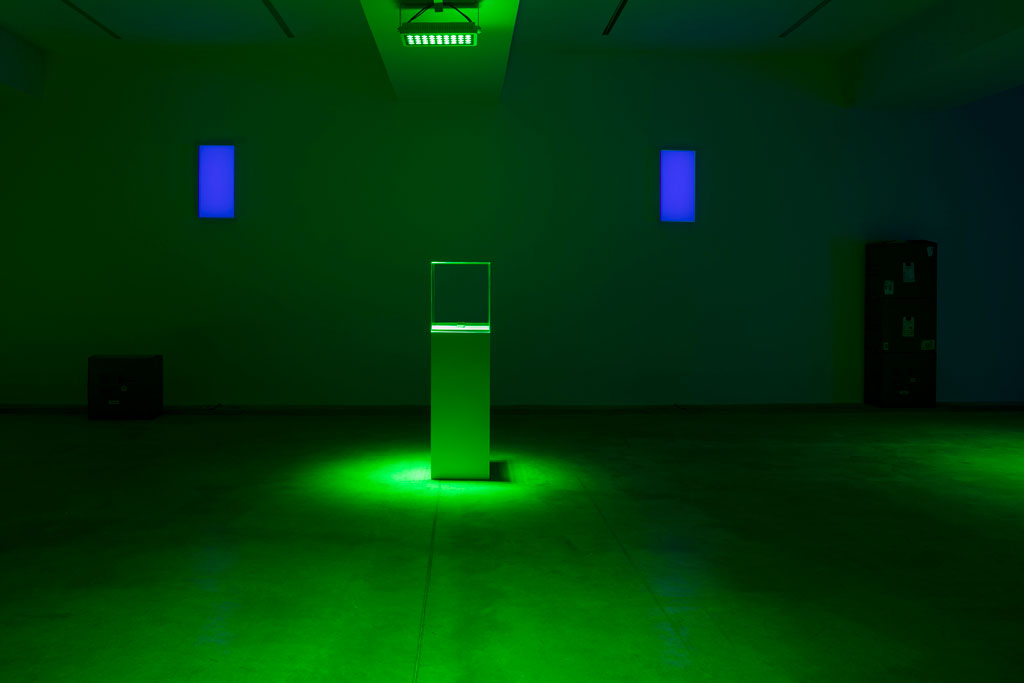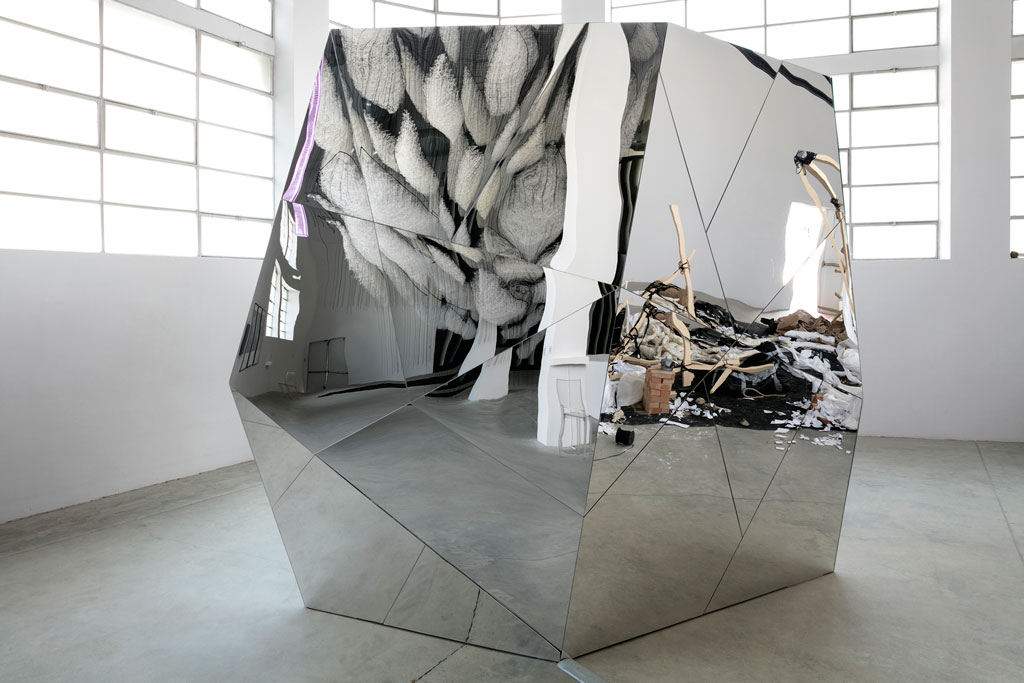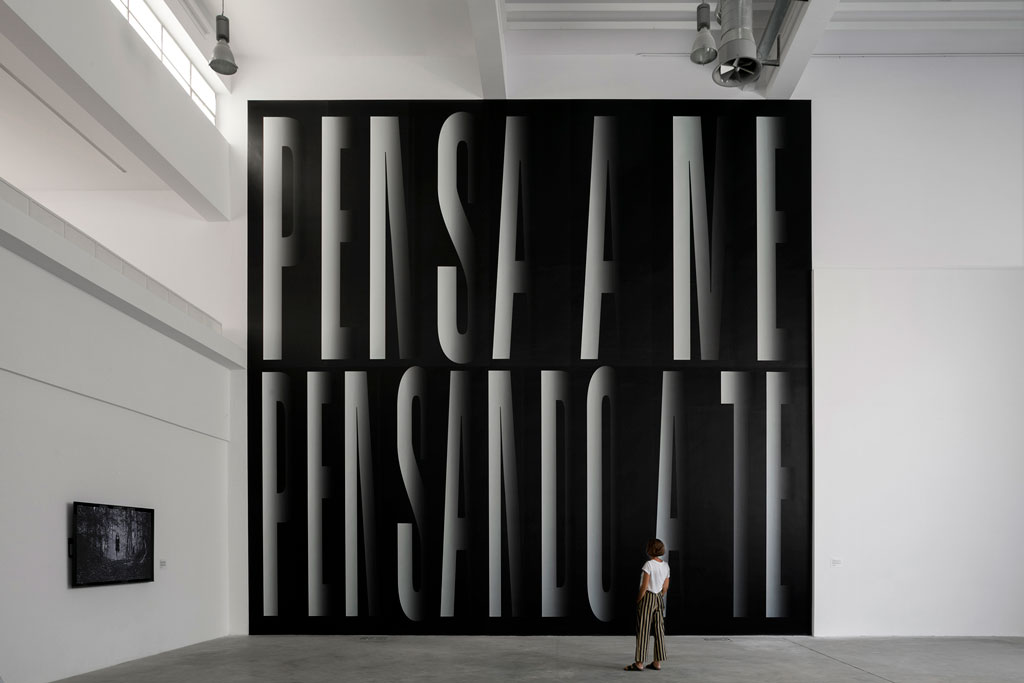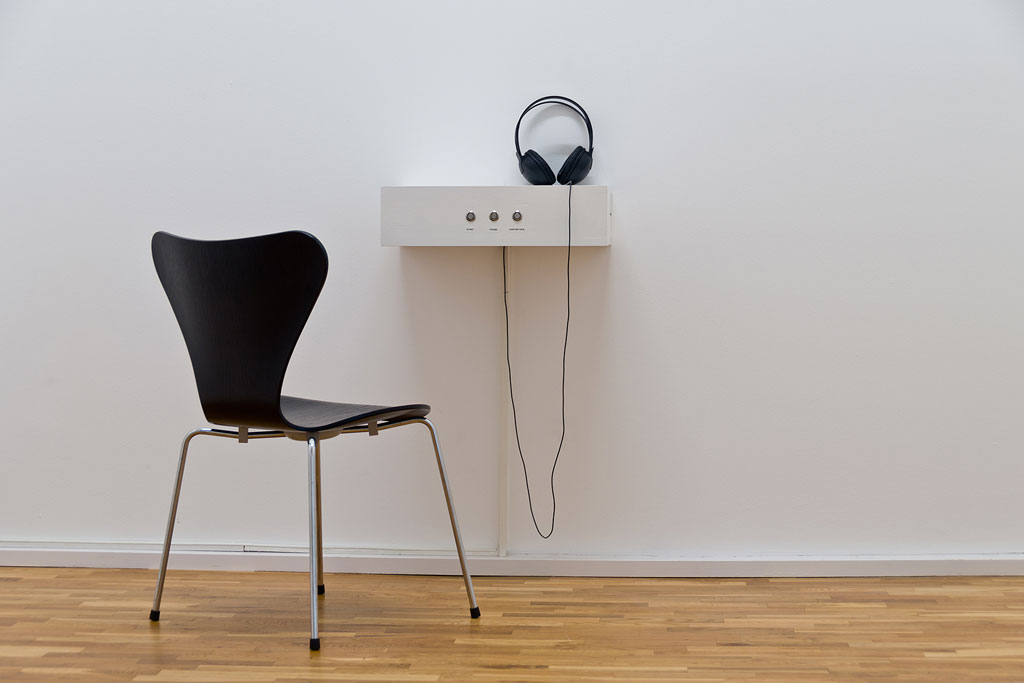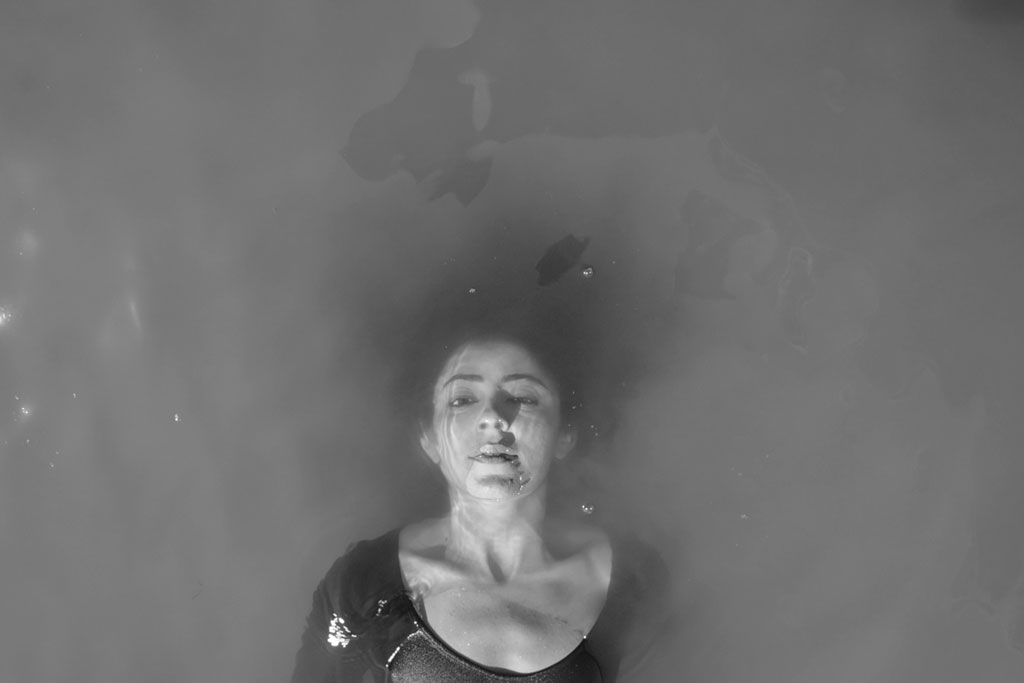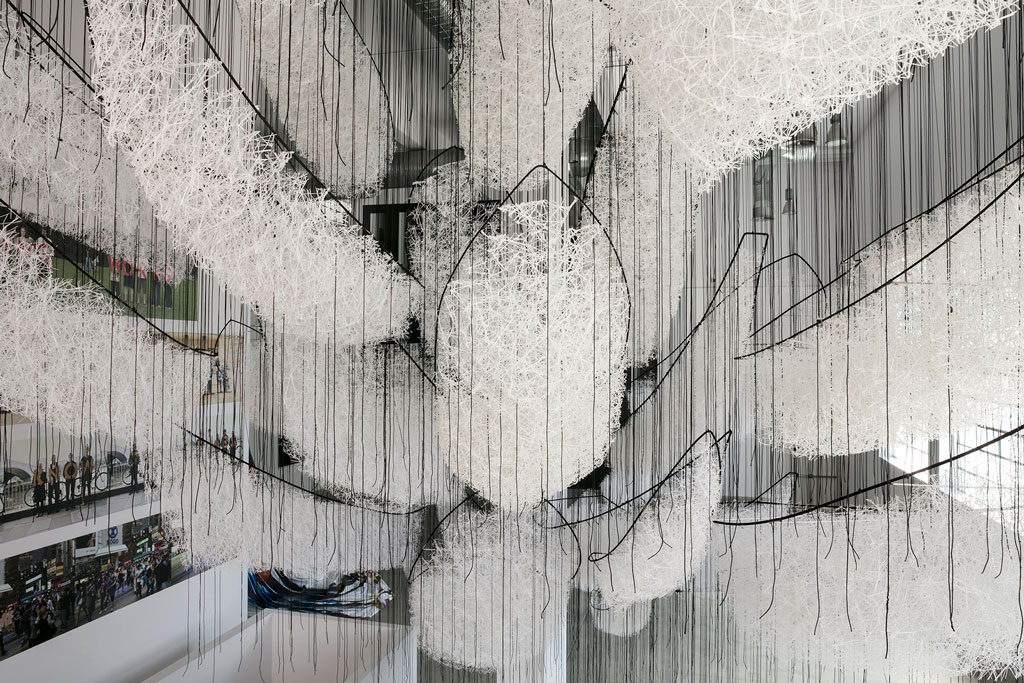ART TRIBUTE:Push The Limits,Part II
 The exhibition “Push The Limits” investigates how art takes itself to the limit to move the horizon of thinking, perception and speech ever further in order to introduce new elements. But what are these limits we need to be pushing at? Cultural, geographical, of identity, sexual, social and of vision. Each work on display is a push forward in a space where current codes of behaviour are suspended and transformation becomes possible; where the as if and the almost reality allow a flow of multiple visions and vocabularies relating them to different ways of living, testing them and finding new meaning.
The exhibition “Push The Limits” investigates how art takes itself to the limit to move the horizon of thinking, perception and speech ever further in order to introduce new elements. But what are these limits we need to be pushing at? Cultural, geographical, of identity, sexual, social and of vision. Each work on display is a push forward in a space where current codes of behaviour are suspended and transformation becomes possible; where the as if and the almost reality allow a flow of multiple visions and vocabularies relating them to different ways of living, testing them and finding new meaning.
By Dimitris Lempesis
Photo: Fondazione Merz Archive
The exhibition “Push The Limits” includes some of the most influential voices of contemporary artistic research. The works operate in political and symbolic dimensions, with philosophical and poetic inspiration. All of the artists have explored the context of belonging in their work, in order to dismantle existing stereotypes and discover new modes of artistic communication. Rosa Barba’s “Sea Sick Passenger” (2014) appears as a large felt square lying on the ground but raised enough to generate a shadow. Reading the text requires some effort: the visitor looks down as he walks around and at the same time tries to reconstruct the meaning of the sentences. A process that transposes the visitor into a sort of kinematic matrix that mimics the movement of the typewriter carriage, snapping back and forth on the page. A process and an involvement that transforms the reader into a publisher and builder of a new language of meaning. Sophie Calle presents a group of photographs from the “Parce que” (Because) series hidden by embroidered fabrics with a short text that viewers can read before lifting the cloth to discover the image. By lifting the fabric to look at the image, one is invited to look “beyond the curtains” that separate the public sphere from the personal one, thus establishing an intimate contact with the artist. With the link between text and photographs, chosen to create word games, the artist questions the methods used by artists to choose their subjects and the places in which to set them, so that the visitor can understand and share the choice. Katharina Grosse reinvents the pictorial gesture by giving it a spatial and temporal twist, not only in chromatic terms but also formal ones, mixing pictorial, sculptural and performative language. The work “The horse trotted a little bit further” (2020) intervenes in the exhibition space of the Fondazione, redrawing its volumes and entrance and inviting visitors to cross it physically to experience a new idea of relationship with art and creative thinking. The artist uses fabrics that fold, knot, drape and flood with color, using bright pigments and smudged and dissolved paint stains, as if to entrust color itself with the challenge and force to rethink current mappings in search of new coordinates. Spread over a length of about 8 metres, Shilpa Gupta’s luminous “WheredoIendandyoubegin” (2012) formulates an invitation and a stimulation that resonates on several levels. It can refer to something personal and intimate between two people, but also to a more political relationship between individuals belonging to a group or, in broader terms, to a nation. It is the awareness of the importance of the social bond, the transmission of knowledge and memory, of sharing a horizon of meaning so that no gesture, no battle, no freedom is lost. It is knowing that if we can look far away it is because others before us have contributed to making this possible. Mona Hatoum’s installation “The Impenetrable” (2009) , a 3 x 3 metre cube, at first glance appears as a light structure that has freed itself and is rising in space. On closer inspection, upon approaching it, the work reveals its repelling nature in which the materials, very fine black steel pipes similar to barbed wire, evoke architectural structures designed to confine and become impenetrable. The work was born as a reinterpretation of the“Penetrable” series by Jesús Rafael Soto but, once the playful component of the invitation to immerse yourself in the work has disappeared, the barbed wire reveals a society in which barriers prevail over the sense of belonging. Jenny Holzer’s LED installation “SWORN STATEMENT” (2019) highlights the impunity enjoyed by US military personnel in the face of allegations of systematic abuse of detainees in the war in Afghanistan. The artist extracts the evidence from the reports of the investigators of the Army’s Criminal Investigation Command (CID), collected in 2004. This l work continues along the line already followed by Jenny Holzer who, with the written word and immediate messages, continues her battle against the mystification of reality, challenging social norms, prejudices and institutionalised violence. Emily Jacir’s work “Pietrapertosa” (2019-20) investigates personal and collective movement through public space and its implications on the physical and social experience of trans-Mediterranean space and time. Frontier works and thoughts to overcome what rules aim to make insurmountable and act upon what normally seems impossible. The artist plays on the nomadic character of the word capable of producing change and on the possibility of changing the symbolic order of things. The message engraved in Italian and Arabic on a stone that will be then placed at the entrance to the village of Pietrapertosa in Basilicata reads: “Sei venuto tra la nostra gente e la tua vita è Sicura” (You have come among our people and your life is safe). The words of welcome repeated as a sort of “mantra” invite us to reflect on the themes of acceptance and integration. For Bouchra Khalili memory and its transmission are important, especially if the transmission involves the succession of generations in an active way, which instead of simple witnesses become protagonists. The video “Twenty-Two Hours” is a testimony of the artist’s research on the Black Panther Party experience in New England and on the meeting of some of his members in the 1970s with the French poet Jean Genet, who on several occasions expressed support for the movement. The link between poetry and political activism, between the experience of social struggles of the 1960s and ’70s and today, finds new witnesses in the story of young girls and therefore in the passing of the testimonial of memory. In addition to watching the film, the visitor is invited to browse through “The Radical Ally”, the magazine created by the artist, which presents images taken from the video, texts by Jean Genet, a conversation between the artist and Jackie Wang and much other content. Always seeking to break down the stereotypes of visual and political communication, Barbara Kruger’s in the work “Untitled (Pensa a me pensando a te)” (2019), touches on topics such as discrimination, consumerism, gender issues and power relations, affirming the strength of intelligence, knowledge and critical conscience. The statement she presents in the spaces of the Fondazione is therefore an invitation to those seeing it to break through their limits.
Cinthia Marcelle suggests reinventing, re-learning and reorganising not only our way of looking but also of being together. For the “The family in disorder” (2020) installation, she has created two rooms, each made using equal quantities of natural and industrial materials, including bricks, chalks, cotton sheets, soil etc. For the disorder, the artist invites a group of people to share and “occupy the space” to dismantle and rebuild it. Then follows the perfectly ordered space. The installation is an experiment on the occupation and transformation of a space open to the public and the importance of collective action. Shirin Neshat’s film “Sarah” (2016), is part of the trilogy called “Dreamers”. In the dreamlike atmosphere of a forest inhabited by the ghosts of a traumatic past, the protagonist escapes the omens of annihilation and human destruction by resorting to the most extreme choice of imagining her own death. Sarah embodies the contemporary experience of the individual oppressed by the fear of death, violence and genocide. Maria Papadimitriou’s “Diamond of Otherness -Kaleidoscope of the motions of the soul” (2020) is based on a phrase by Arthur Rimbaud – Je est un autre, (I is another) – which starting from 1871 recurs in his writings. It alludes to the concept of becoming and the need, in times of change, for an art that becomes the driving force for renewal and which, through the blending of the normal distinctions between colours, images, sounds, allows us to speak a new language suitable for changed times. The work appears as a prismatic diamond whose reflective facets, with the consequent intermixing of borders and images, opens up in those who enter or pass by and reflect on the possibility of a new word and perception free of old codes. In her installation “Amazon Spirits” (2018), Pamela Rosenkranz combines her interest in the ecosystems of the Amazon with the history of the world colossus of the same name, a paradigm for contemporary consumerism. She creates a sort of set on which she places office supplies, ergonomic chairs, baskets and boxes bearing the Amazon logo, illuminated by a bright light that turns from white to blue to green. The space is enveloped in sounds emerging from an Amazon Echo speaker: whistles and chirps recreating the atmosphere of the tropical forest. The installation “Where are we going?” (2017-20) by Chiharu Shiota appears more than ever attuned to our times and with the desire to get out of our web of weaves and impediments and embark on boats that take us elsewhere. The analogies with the symbolism of the boat not only as a viaticum of transience but as an image of life, of the desire to be, act and transform are very strong. Each individual at the outset faces a path through an ocean of experiences, emotions, encounters and memories that make up a multiplicity of interactions, a strong fabric of human and experiential networks to the point of being part of a great crossing in which one is no longer alone. Fiona Tan’s soundtrack “The Brendan’s Isle” (2010) draws on a medieval Dutch poem about the adventures of Brendan (483-577), the Irish Benedictine monk. In search of earthly paradise, Brendan, known as the “Irish Odysseus”, undertakes a fantastic journey. By listening, it is possible to immerse yourself in a journey across the ocean in search of an island that used to appear on maps, and for which Columbus himself searched, but which has never yet been conclusively found. Without re-appropriating the memory of the past, understanding it and reviving it through iconic images that bear witness to battles and epochal passages in the civil rights movements, there can be no real social growth. For this reason Carrie Mae Weems does not propose a celebration of the past but its staging with new images as a moment of growth for the new generations. The video (Constructing History, A Requiem to Mark the Moment” (2008), which with photographs is part of the “Constructing History” series, becomes a learning session for the classes of the future, while the photographs describe and transfigure crucial moments in social battles, such as the arrest of activist Angela Davis and the clashes at the University of Kent, Ohio, in 1970. In her “Other Voices, Other Cities” (2009-17) photographic work, Sue Williamson explores the definition of place, city and citizens in the era of globalisation. What does it mean to choose to live in a specific place and how to define the character of your city? These are the questions that the artist asks a group of young people invited to participate in a seminar during which the preferred answer is voted for. Together they create and paint the letters that make up the sentence, finally photographing it in an appropriate place. The large photographs are accompanied by the work “Voices from the Cities” (2020) , which plays with augmented reality in the outdoor spaces of the Fondazione, which with the complicity of the public relocates meanings and roles of some places, monuments and famous events in the world.
Participating Artists: Rosa Barba, Sophie Calle, Katharina Grosse, Shilpa Gupta, Mona Hatoum, Jenny Holzer, Emily Jacir, Bouchra Khalili, Barbara Kruger, Cinthia Marcelle, Shirin Neshat, Maria Papadimitriou, Pamela Rosenkranz, Chiharu Shiota, Fiona Tan, Carrie Mae Weems, Sue Williamson
Info: Curators: Claudia Gioia and Beatrice Merz, Fondazione Merz, Via Limone, 24, Torino, Duration: 7/9/20-31/1/21, Days & Hours: Tue-Sun 11:00-19:00, www.mariomerzprize.org
